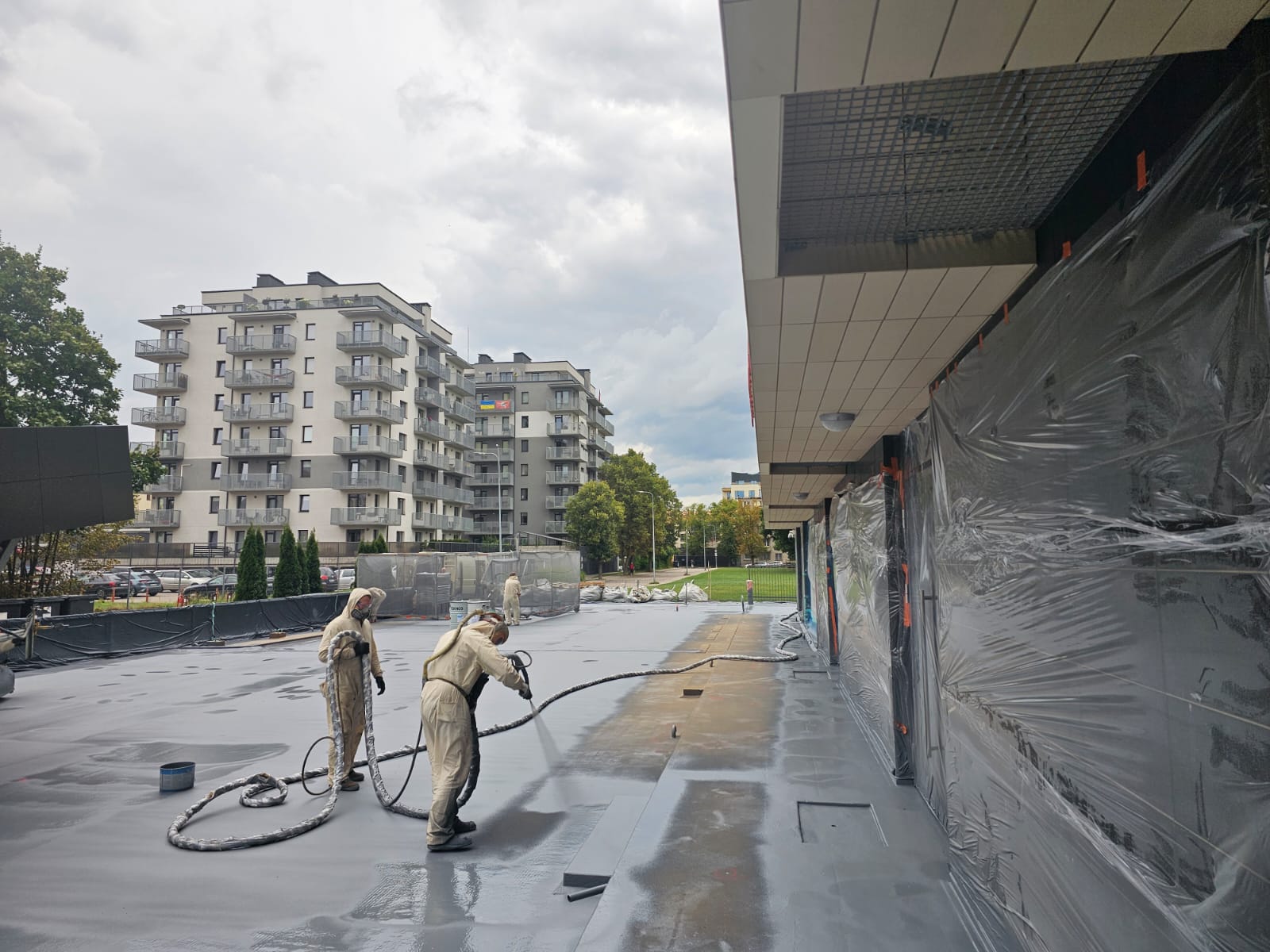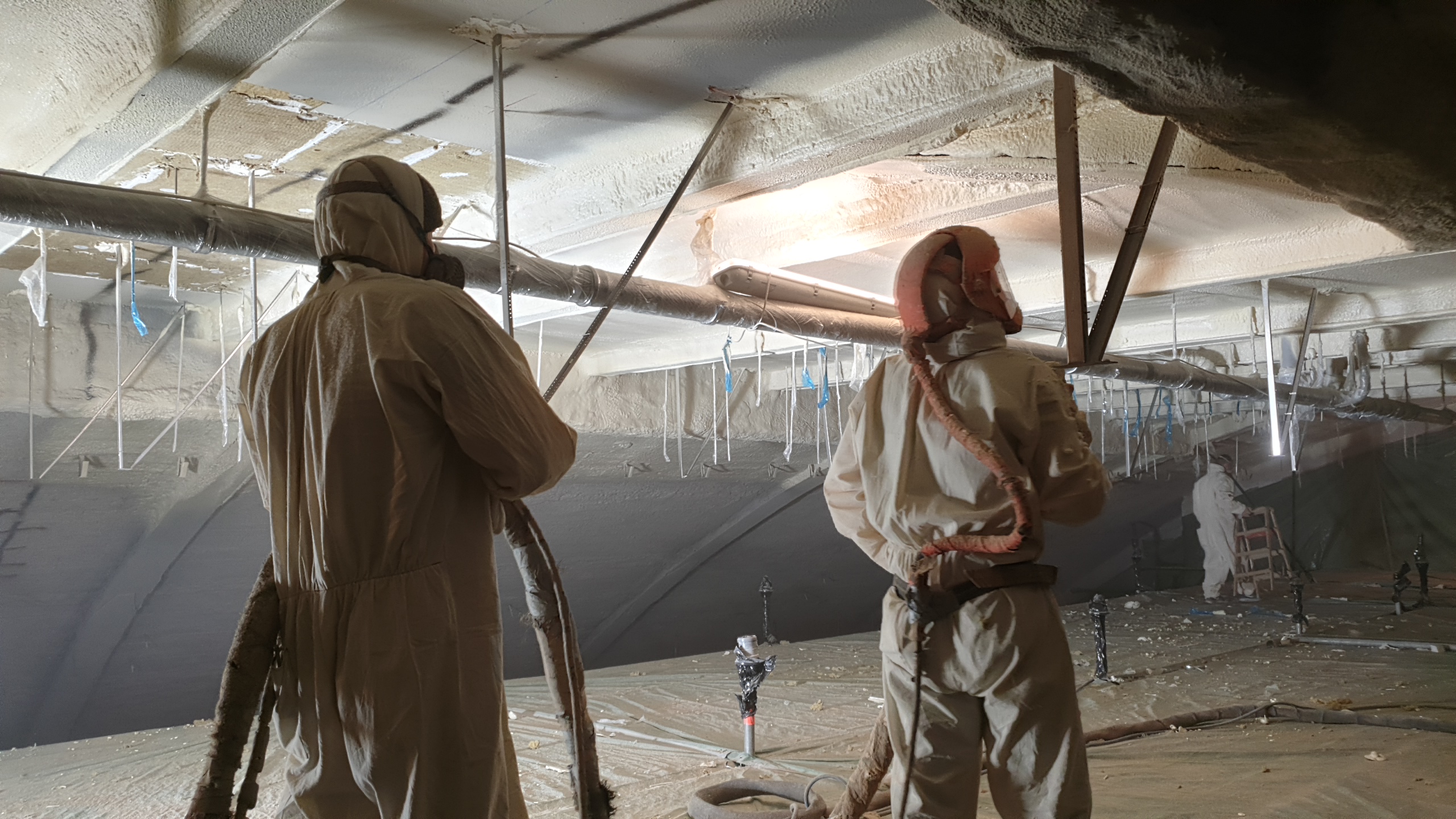Whether you’re insulating a new home or retrofitting a commercial space, PUR foam (polyurethane foam) offers outstanding thermal performance, air sealing, and moisture resistance. But how do you know you’re choosing the right product? And what does PUR foam cost?
This guide breaks down everything you need to consider before purchasing PUR foam, whether you’re a homeowner, a contractor, or an architect specifying materials. From understanding foam types to calculating costs and choosing a supplier, here’s what matters most.
1. Understand the Two Main Types: Open-Cell vs Closed-Cell
Not all PUR foam is the same. The first and most important decision is whether you need open-cell or closed-cell foam.
Open-Cell PUR Foam:
- Lower density and cost
- R-value ~R-3.5 per inch
- Best for interior walls and sound insulation
- Vapor-permeable – not a water barrier
- Expands more, so it fills gaps well
- Soft and flexible
Closed-Cell PUR Foam:
- Higher density and cost
- R-value ~R-6 to R-7 per inch
- Excellent for roofs, basements, and foundations
- Acts as a vapor and air barrier
- Adds structural strength
- Rigid and moisture-resistant
See this detailed breakdown for more info about open-cell and closed-cell polyurethane foams.
2. Evaluate the Cost: It’s More Than Just Price Per Liter
Pricing PUR foam involves more than just the price per kilogram or liter.
- Installation method – Spray foam must be applied by trained professionals using mixing and pumping equipment. This labor can represent up to 50% of the total cost.
- Yield – A higher-quality foam with better expansion or a higher R-value will insulate a larger area per volume, so the price per square meter is a better measure than the price per liter.
- Project size – Small-scale projects (like DIY kits) can cost more per m² than larger contracts done by professionals.
- Location – In the Baltics and Scandinavia, closed-cell foam prices typically range between €15 and € 35/m², depending on thickness and supplier agreements.
To facilitate accurate comparisons, request the cost per square meter, including installation and VAT.

3. Prioritize Quality: Certifications and Blowing Agents Matter
Look for third-party certifications. Reputable PUR foam should meet EU building standards, such as:
- CE Marking
- EN 13501-1 fire classification
- Local compliance like EOTA ETA or BBA (for the UK market)
These tests demonstrate that the foam has been evaluated for thermal performance, fire safety, and durability, and is suitable for construction approval.
Understand the Blowing Agent
Modern PUR foams use 4th-generation HFO blowing agents, which are:
- More environmentally friendly (low global warming potential)
- Better at expanding evenly
- More fire-resistant in some cases
Older HFC-blown foams are being phased out in the EU due to environmental regulations. Make sure your foam supplier utilizes HFO-based systems, such as the advanced Lamoltan systems from Lackfa, which Polimaris uses.
4. Choose the Right Supplier: Support Is Just as Important as Product
In the Baltic and Nordic regions, sourcing from a supplier that offers technical support and product guidance can significantly impact the success of your project.
Why Buy from Polimaris?
- Local presence in the Baltics and Scandinavia.
- Supplier of Lackfa’s high-performance LAMOLTAN® PUR systems, trusted across the medical, refrigeration, and construction industries.
- Access to closed-cell and open-cell foams, including spray and cast systems.
- Option for on-site training, especially for contractors.
- Customizable foam systems for special conditions (fire-retardant, buoyancy, thermal extremes)ö
If you need help choosing between systems or understanding your coverage needs, contact us for a free consultation.

5. Installation Can Make or Break Performance
Even the best PUR foam can fail if poorly installed. Make sure to hire trained installers who understand mixing ratios, application temperatures, and proper safety protocols. When working independently, ensure that spray rigs and hoses are correctly calibrated.
In both cases, use suppliers who can provide installation training or guidance on the materials supplied to you.
Conclusion: Smart Buyers Look Beyond the Label
Choosing the proper PUR foam insulation involves considering performance, application, certification, and supplier expertise, in addition to price.
Whether you’re a homeowner trying to reduce heating bills or a contractor delivering top-tier energy efficiency, closed-cell PUR foam is often the most efficient and long-lasting choice.
With a partner like Polimaris, you’re not just buying foam, but reliable materials, regional support, and long-term value.